Within the history of underground music there are few movements as inspiring as New York’s Free-Jazz “loft scene” of the 1970’s. It’s also one of the least recognized. When I first began listening to avant-garde Jazz as a teenager, many of my favorite recordings were located within a period (the late 1960’s) during which many players fled the unsympathetic audiences of America and settled in Europe. These records were largely concentrated on two French labels – America, and BYG’s Actuel series. They offered a window into a period of incredible creative ferment. What they failed to render was any sense for what happened next.
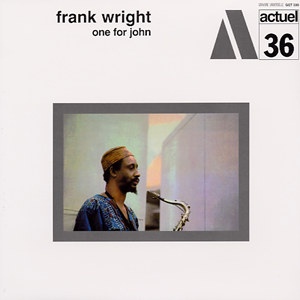
Frank Wright – One for John (1970)
Though a number of musicians extended their stay in Europe through the 70’s (Don Cherry etc.), and others never returned (Frank Wright, Noah Howard), for most the residency was brief. After a year or two they began to trickle home. When they did, the cultural landscape and the music they played was forever changed. The America they had left was marked by deep racism, an unwillingness to integrate, and a cross cultural shift away from engagement with Jazz. Over the course of a single decade the music had gone from being the country’s voice, to a whisper in the shadows. Artists were faced with failed recording contracts, a lack of radio play, and thinning audiences. Not only were they received in Europe with public enthusiasm, but its magnetism brought musicians from across America into a single location (Paris), and thus into contact and collaboration with each other. They went from fragmented scenes, to collective strength, mutual aid, and support. Together they pushed music forward into places it had never been. Nearly every record in the Actuel series, and on America, documents this spirit. Upon their return to The United States, rather than finding their way back to the cities from which they had come, a large number remained cemented and gravitated towards New York City.

Noah Howard – Space Dimension (1970)
During the late sixties, and through the 70’s, there was a radical reassessment of the way that African American’s regarded their place within the country. The notion of equity and integration argued for by the Civil Rights Movement was replaced by advocation for independence and self-determination. As a collective body, Black-America realized that its fate was in its own hands. If its people wanted anything done, they were better off on their own, doing it for themselves. White-America was a devil out to sabotage (or drain profit from) their dreams. This shifting cultural paradigm, and consciousness, joined with the collective productivity fostered by Europe, helped sculpt a new reality for Jazz in NY during the 1970’s.

Rashied Ali / Frank Lowe – Duo Exchange (1973)
The context that they rejoined was no more sympathetic to Free-Jazz than it had been when they left. What had changed was the music and the sense of possibility it possessed. Historically, Jazz was a music that grew from the African American community and spoke outward. With the loss of its vehicles for larger cultural transmission, it began to speak of and for the Black experience, and exclusively to its people. Without obligation to an outside audience or industry, it evolved according to its own terms. Quartets and trios swelled into sprawling ensembles, and contracted into subtle solo gestures. Creativity flourished. The music ranged from intricate intellectual works, to pieces charged with all of the anger and fury of a dispossessed population. With little money or attention to be had, these musicians simply made things happen – working together and supporting one another for the singular purpose of advancing art and giving voice to their people.
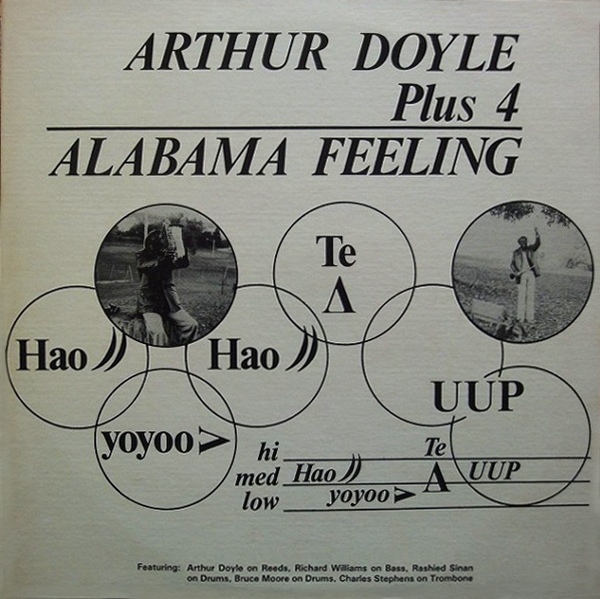
Arthur Doyle Plus 4 – Alabama Feeling (1978)
Despite my origins in the worlds of Punk and Hardcore, I’ve long bristled at the credit it receives for the origins of D.I.Y. Nearly every attribute of the idiom can be traced to the Free-Jazz scene of this era. The reason my curiosity about it remained unanswered for so long, was because of the obscurity of its artifacts. Very few are aware of them. The “loft scene” was largely documented on small artist run labels. Pressing numbers were low, and it took many years for their sounds to reach my ears – let alone my hands and shelves. Most of the label’s were run from musicians’ apartments, without distribution, and generally only managed to release discographies in the single digits. They also captured some of the most incredible sounds I’ve ever heard. The catalogs of labels like Ak-Ba (Charles Tyler), Survival (Rashied Ali), Bisharra (Abdul Wadud), Reality Unit Concepts (Willam Hooker), Anima (Billy Bang), Mustevic Sound (Steve Reid), and Muntu (Jemeel Moondoc), among others, are some of the most treasured in my collection. What should be understood about each is that though Free-Jazz during this period endured considerable neglect, most of these artist could (and often did) record for more prominent labels. The choice to self-release was a political gesture of self-determination which asserted control over the totality of their creative practices.

Abdul Wadud – By Myself (1977)
In addition to the labels and self released periodicals, the axis around which this scene orbited was a cluster of alternative and self-initiated venues in lower Manhattan. These were usually run from a contributor’s home (loft), and likely drew inspiration from a series of concerts that Ornette Coleman had begun holding in his Prince Street loft during the 60’s. Though there were many more, the most notable of these were Studio Rivbea (24 Bond Street) run by Sam Rivers, Ladies’ Fort (2 Bond Street) run by Joe Lee Wilson, Ali’s Alley (77 Greene Street) run by Rashied Ali, Environ (476 Broadway) run by John Fischer, Studio We (193 Eldridge Street) run by James Duboise and Juma Sultan, and Studio WIS (Chelsea) run by Warren Smith. These venues gave rise to an incredible creative ferment, as well as total artistic freedom. Among the brightest minds of their generation – Henry Threadgill, Leo Smith, Fred Hopkins, Steve McCall, William Parker, Rashied Ali, Ahmed Abdullah, Hamiet Bluiett, Arthur Blythe, Anthony Braxton, Roscoe Mitchell, Julius Hemphill, Oliver Lake Frank Lowe, David Murray, Leroy Jenkins, Sirone, Jerome Cooper, Charles Tyler, Abdul Wadud, Muhal Richard Abrams, Willam Hooker, Billy Bang, Jemeel Moondoc, and Milford Graves, among dozens of others, gathered regularly to collaborate and create profoundly ambitious music in the company of few beyond their peers.

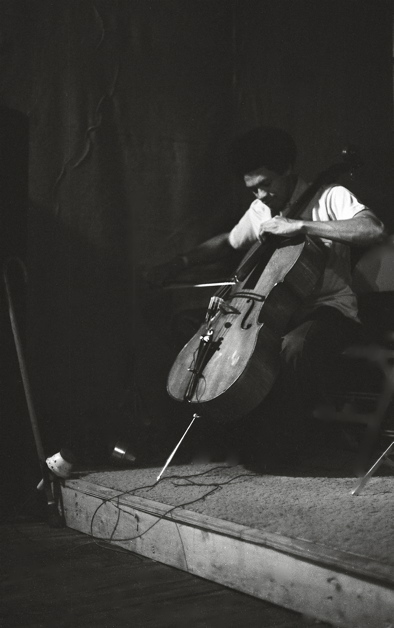
Abdul Wadud – Studio Rivbea NYC July 4, 1976
 Charles Bobo Shaw – Studio Rivbea July 1976
Charles Bobo Shaw – Studio Rivbea July 1976

- David Murray – Studio Rivbea NYC July 4, 1976
 David Murray – Studio-Rivbea NYC July 4, 1976
David Murray – Studio-Rivbea NYC July 4, 1976
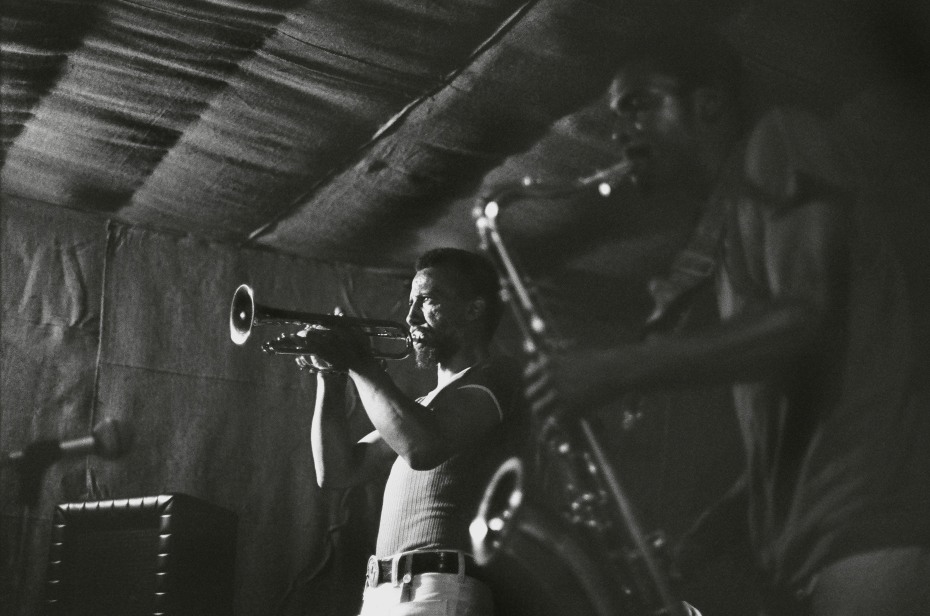
- David-Murray / Earl Cross – Studio Rivbea NYC July 4, 1976
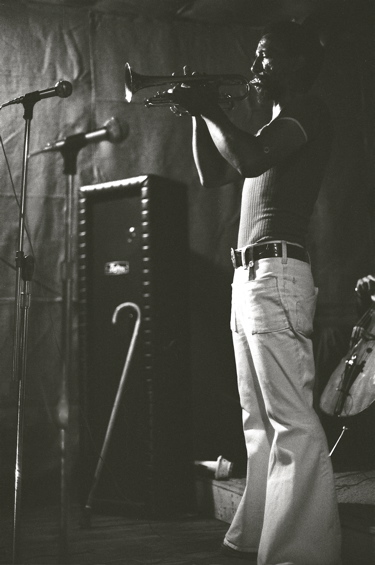 Earl Cross – Studio Rivbea NYC July 4, 1976
Earl Cross – Studio Rivbea NYC July 4, 1976
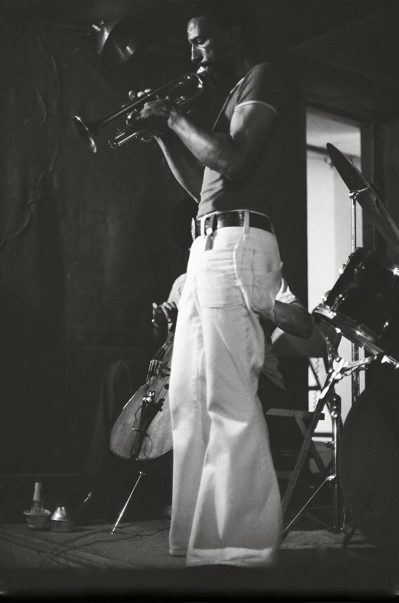 Earl Cross – Studio Rivbea NYC July 4, 1976
Earl Cross – Studio Rivbea NYC July 4, 1976
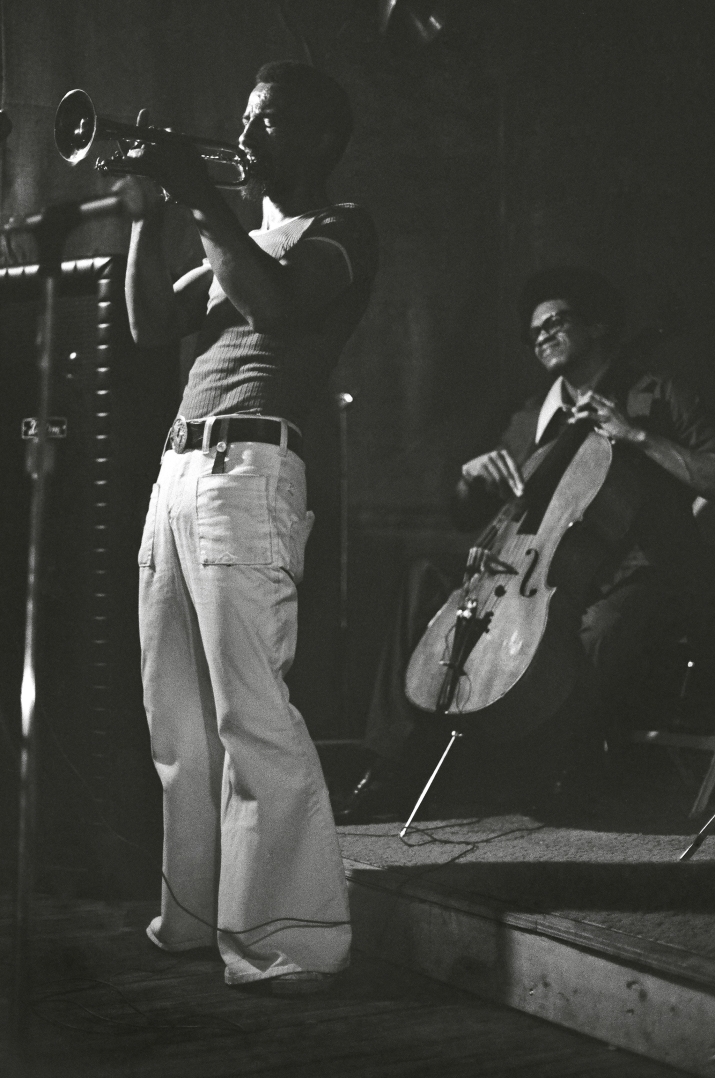
- Earl Cross / Abdul Wadud – Studio Rivbea NYC July 4, 1976
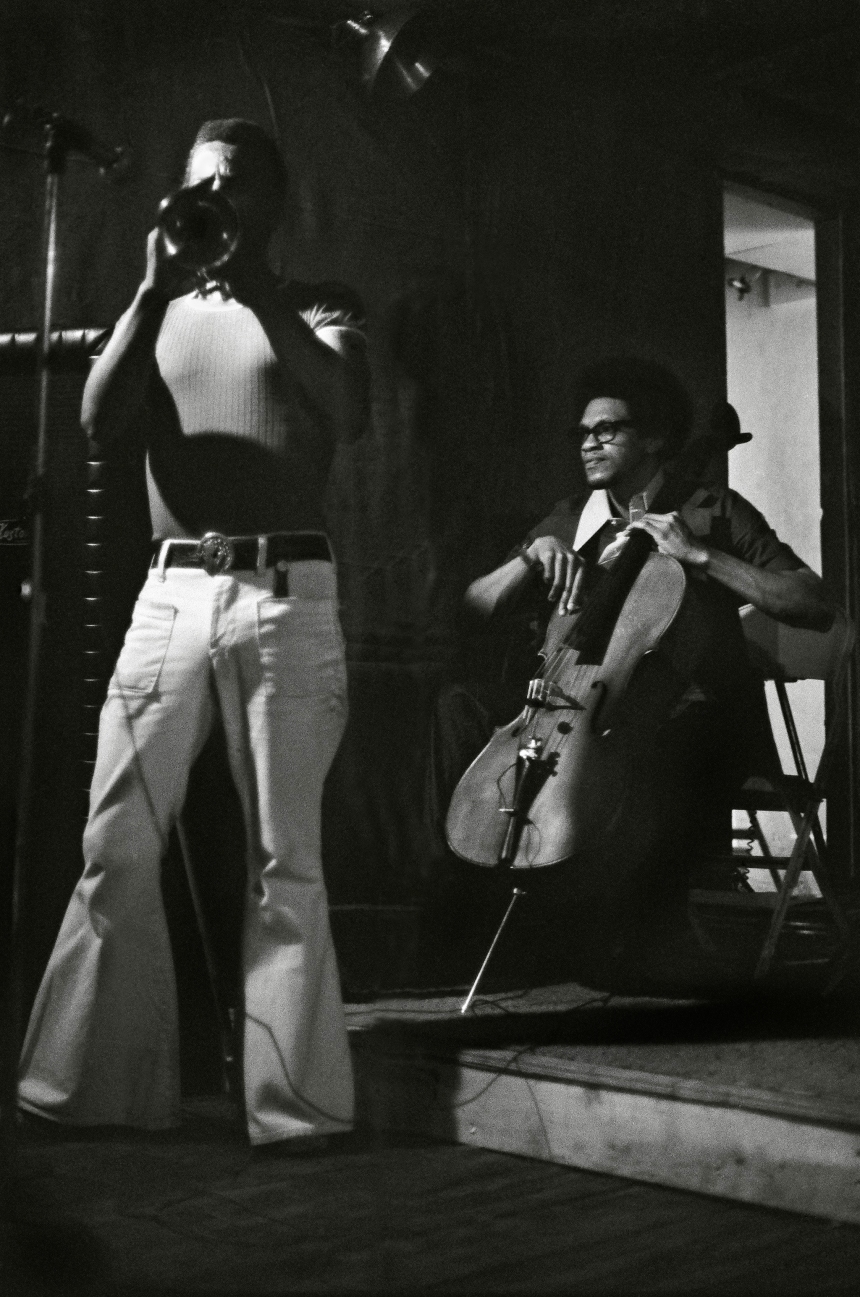
- Earl Cross / Abdul Wadud – Studio Rivbea NYC July 4, 1976
 David-Murray / Earl Cross – Studio Rivbea NYC July 4, 1976
David-Murray / Earl Cross – Studio Rivbea NYC July 4, 1976
 David-Murray / Earl Cross / Abdul Wadud – Studio Rivbea NYC July 4, 1976
David-Murray / Earl Cross / Abdul Wadud – Studio Rivbea NYC July 4, 1976
 Earl Cross – Studio Rivbea NYC July 4, 1976
Earl Cross – Studio Rivbea NYC July 4, 1976
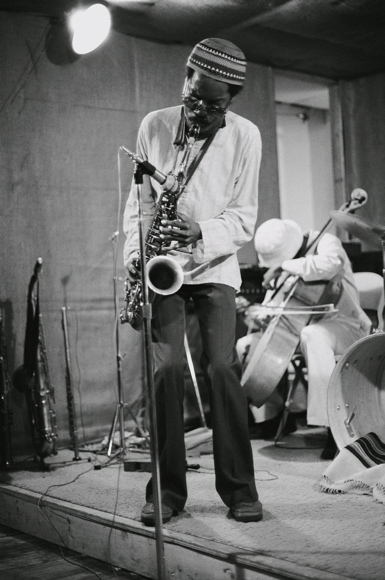 Jemeel Moondoc / William Parker – Studio Rivbea NYC July, 1976
Jemeel Moondoc / William Parker – Studio Rivbea NYC July, 1976
 Jemeel Moondoc / William Parker – Studio Rivbea NYC July, 1976
Jemeel Moondoc / William Parker – Studio Rivbea NYC July, 1976
 Jemeel Moondoc / Rashid Bakr – Studio Rivbea NYC July, 1976
Jemeel Moondoc / Rashid Bakr – Studio Rivbea NYC July, 1976
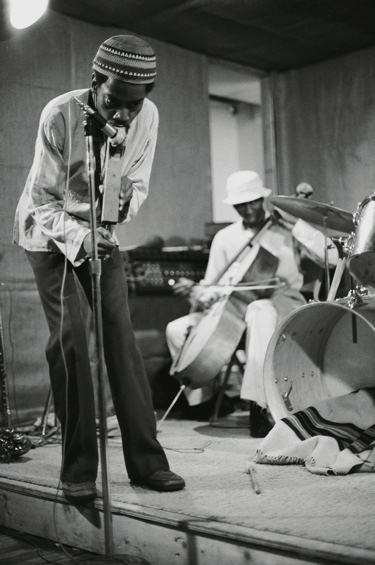 Jemeel Moondoc / William Parker – Studio Rivbea NYC July, 1976
Jemeel Moondoc / William Parker – Studio Rivbea NYC July, 1976
 Jemeel Moondoc / William Parker – Studio Rivbea NYC July, 1976
Jemeel Moondoc / William Parker – Studio Rivbea NYC July, 1976
 Jemeel Moondoc / William Parker – Studio Rivbea NYC July, 1976
Jemeel Moondoc / William Parker – Studio Rivbea NYC July, 1976
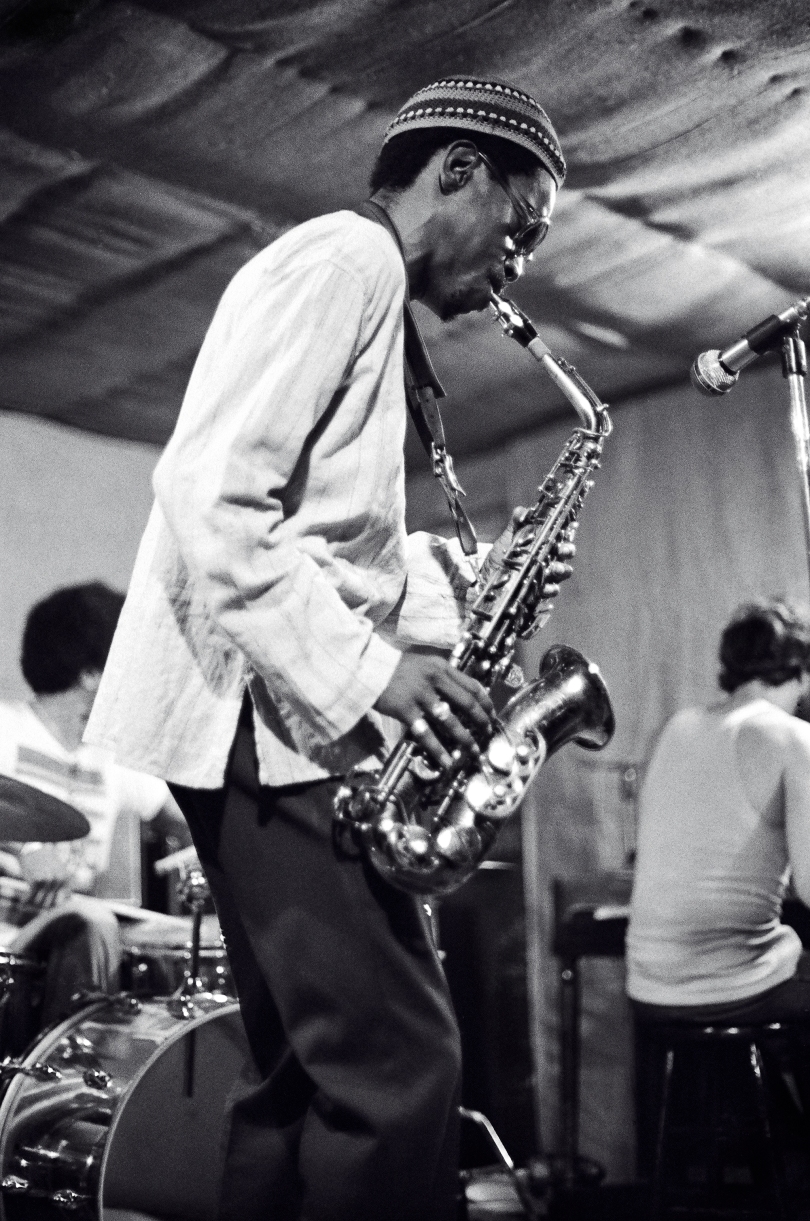
- Jemeel Moondoc / Rashid Bakr – Studio Rivbea NYC July, 1976
 Jemeel Moondoc / Arthur William / William Parker / Rashid Bakr – Studio Rivbea NYC July, 1976
Jemeel Moondoc / Arthur William / William Parker / Rashid Bakr – Studio Rivbea NYC July, 1976
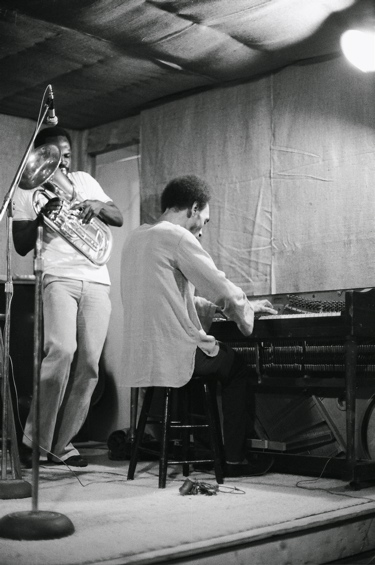 Sam Rivers / Joe Daley – Studio Rivbea NYC July, 1976
Sam Rivers / Joe Daley – Studio Rivbea NYC July, 1976

- Rashid Bakr – Studio Rivbea NYC July, 1976
 Sam Rivers – Studio Rivbea NYC July, 1976
Sam Rivers – Studio Rivbea NYC July, 1976
 Sam Rivers / Joe Daley – Studio Rivbea NYC July, 1976
Sam Rivers / Joe Daley – Studio Rivbea NYC July, 1976
 Sam Rivers – Studio Rivbea NYC July, 1976
Sam Rivers – Studio Rivbea NYC July, 1976
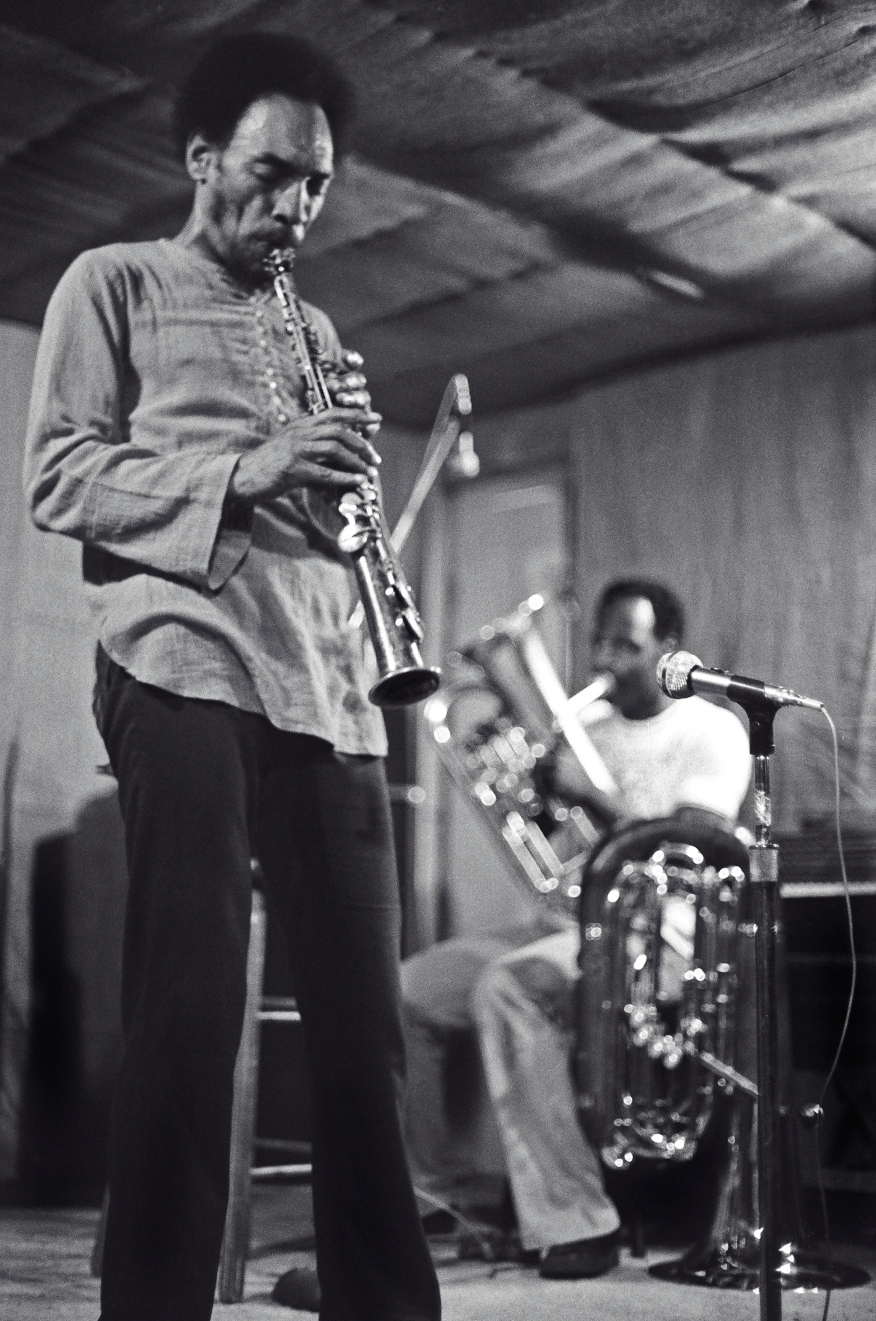 Sam Rivers / Joe Daley – Studio Rivbea NYC July, 1976
Sam Rivers / Joe Daley – Studio Rivbea NYC July, 1976
 Sam Rivers / Joe Daley – Studio Rivbea NYC July, 1976
Sam Rivers / Joe Daley – Studio Rivbea NYC July, 1976

- Sam Rivers / Joe Daley – Studio Rivbea NYC July, 1976
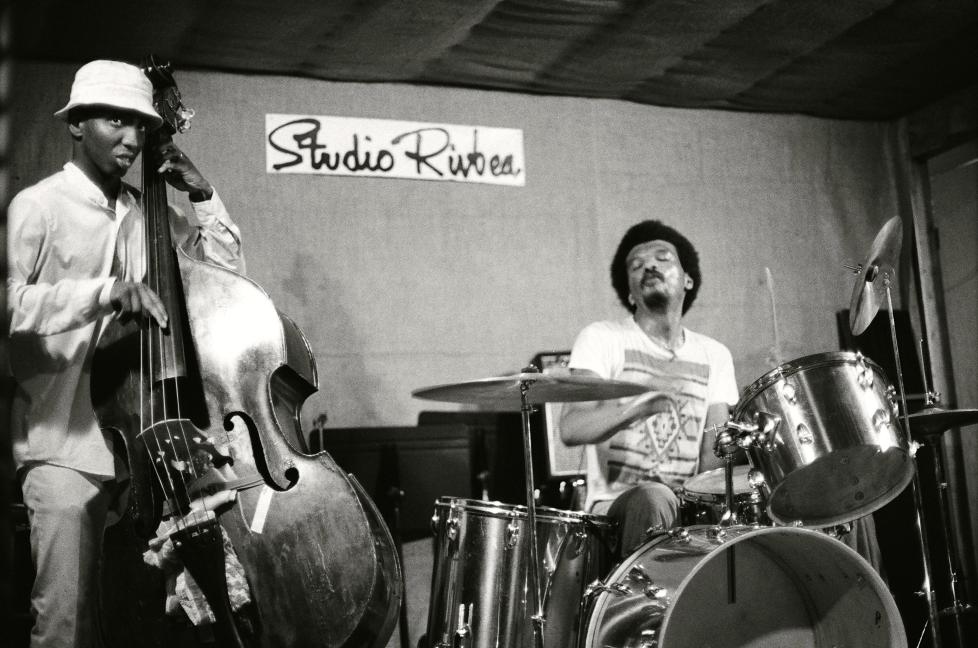 William Parker / Rashid Bakr – Studio Rivbea NYC July, 1976
William Parker / Rashid Bakr – Studio Rivbea NYC July, 1976
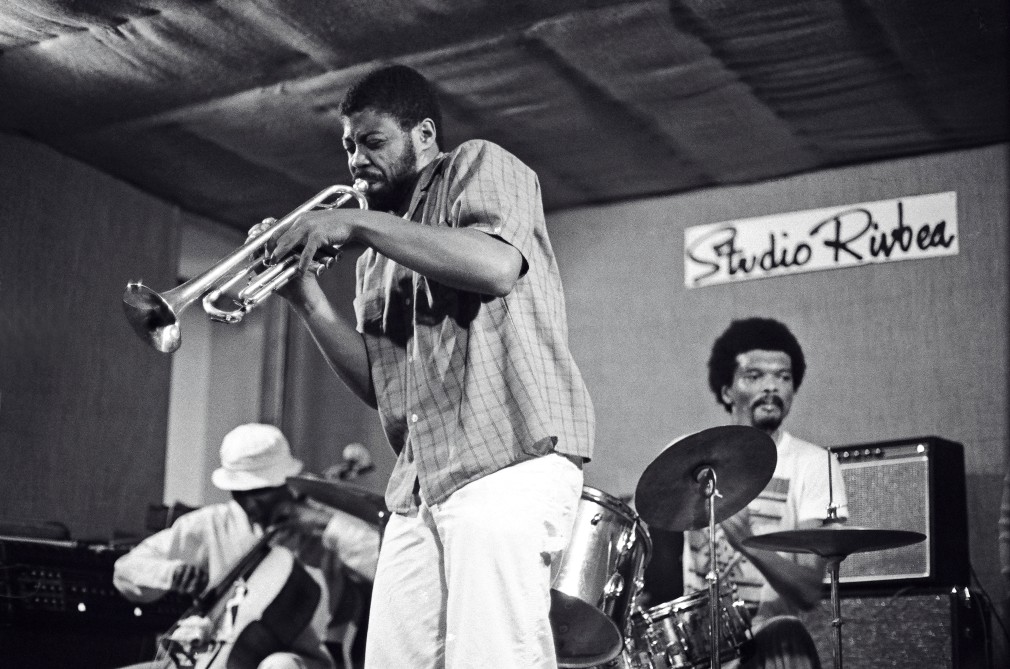
Arthur William, William Parker / Rashid Bakr – Studio Rivbea NYC July, 1976
Greatly great. I got all the Wildflowers…completely … on Vinyl 🙂
LikeLike
I’m so happy you could use my photos of those great artists. Great times!
LikeLiked by 1 person
Hey Tom! Thank you. I’m thrilled that my piece found its way to you. Your photos are wonderful and incredibly important. There are so few images that survive of the loft scene, and yours are among the most comprehensive and beautiful that I’ve ever scene. Thank you for sharing them with the world. Best – B
LikeLiked by 2 people
Nice! I was at RivBea and Ladie’s Fort plus many others. See Peter Cherces article for more:
http://downtownmusicguide.blogspot.com/?m=1
LikeLike
Very jealous Dale. Sadly I was born (across the river) in 1978 and missed it all. Peter’s guide a great reference which I’ve used often. Word is Brent Hayes Edwards at Columbia is writing a book about the loft scene – a long overdue effort.
LikeLike
Dear Tom,
i’m doing an article on the NY Loft Jazz scene of the 70s for Swiss newspaper WoZ. Are any of your photos from Studio Rivbea available for publication (jpg, resolution 300)?
Hope to hear from you.
Best wishes
christoph wagner
LikeLike
Brought back many precious memories, love the layout and flow of this page.
LikeLike
Indeed, this article brings back nice recollections of that era. I was fortunate to be in NYC at the end of the 70s and experience the flavour of the loft scene hopping from Studio Rivbea to the Environ, Studio We, Studio WIS and a few others around 25th street and B’way. There are two books which I can recommend on the loft jazz scene. Primo, Michael Heller’s Loft Jazz – Improvising NY in the 1970s (2017, Univ of Ca Press) and David S. Such’s Avant garde. Jazz Musicians performing ‘out there’ (1993, Univ of Iowa Press). I spent quite some time aat Studio Rivbea, especially because I encountered San Rivers for the first time at the Nancy Jazz Pulsations festival in France in 1977. That festival covered a lot of the loft jazz scene musicians and music. Kudo to Tom Marcello for capturing the spirit.
LikeLike